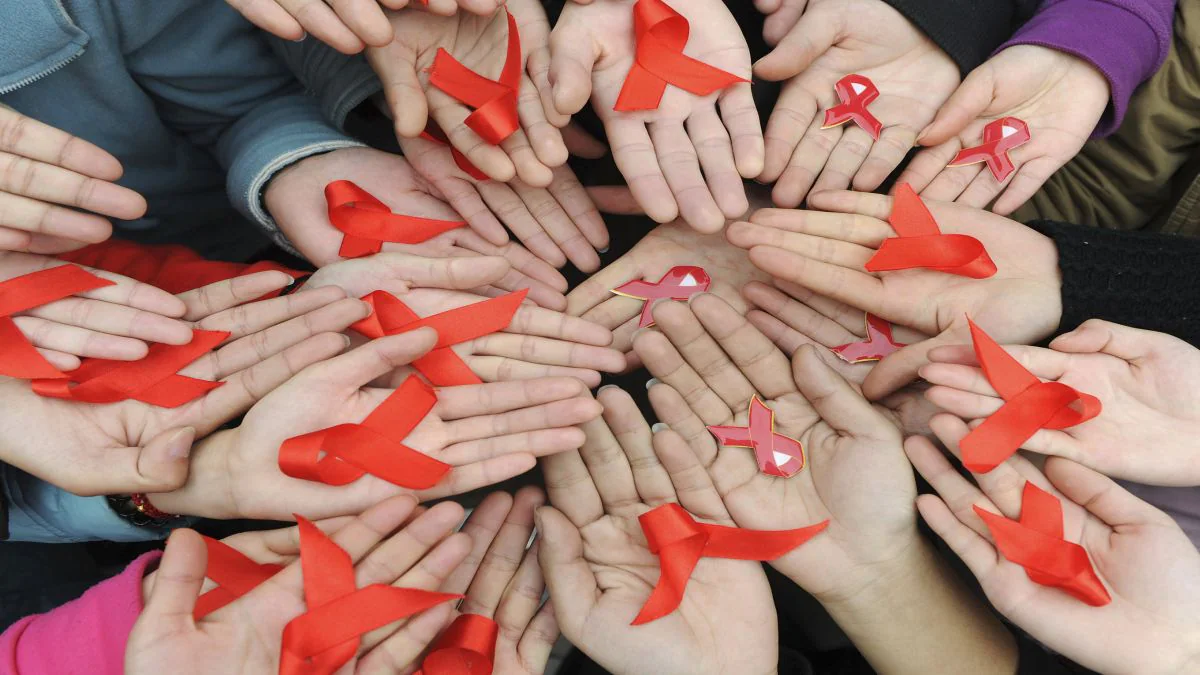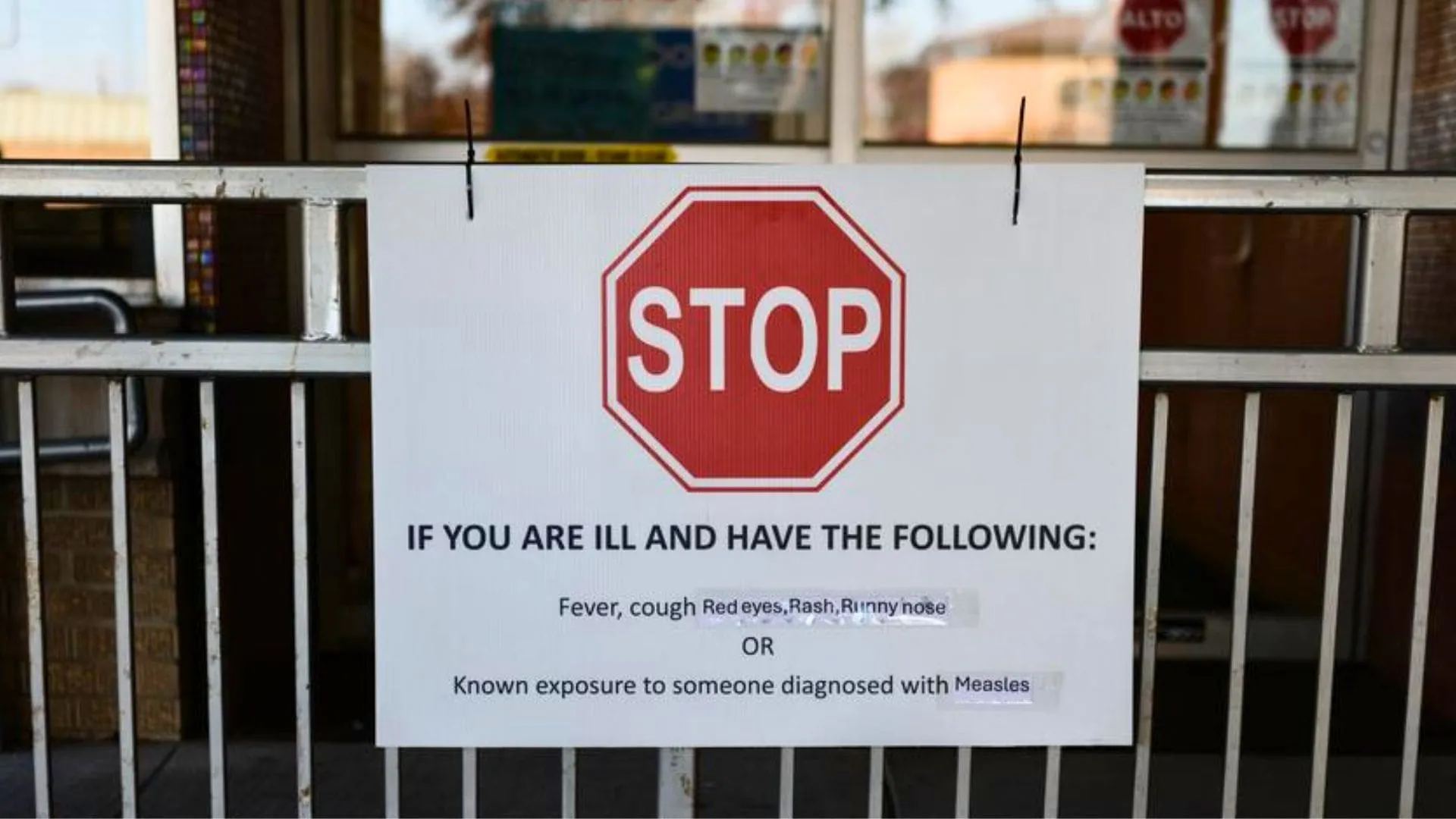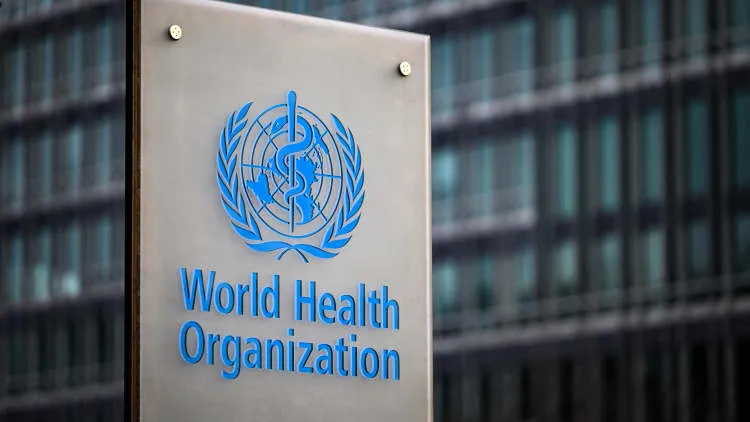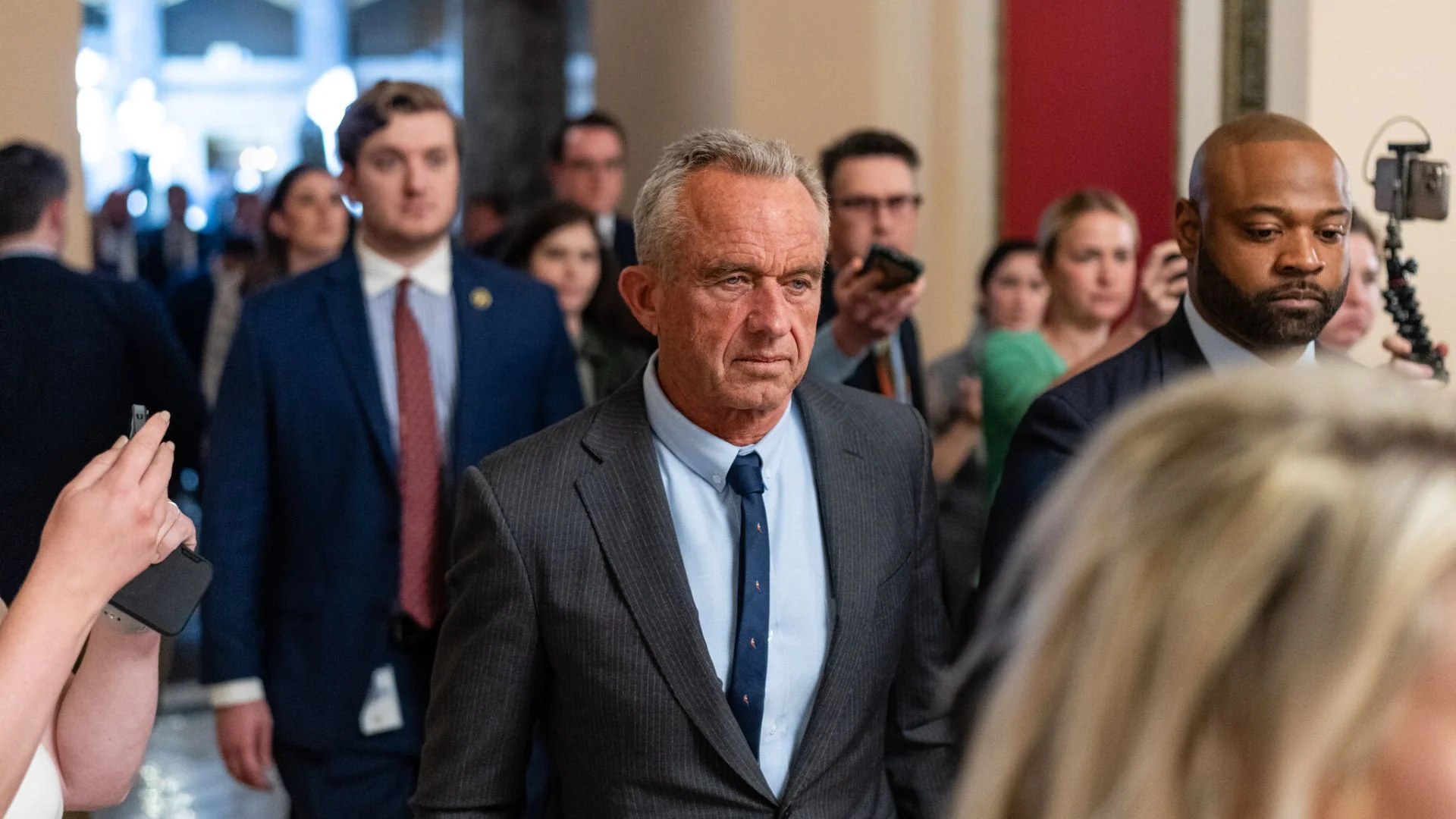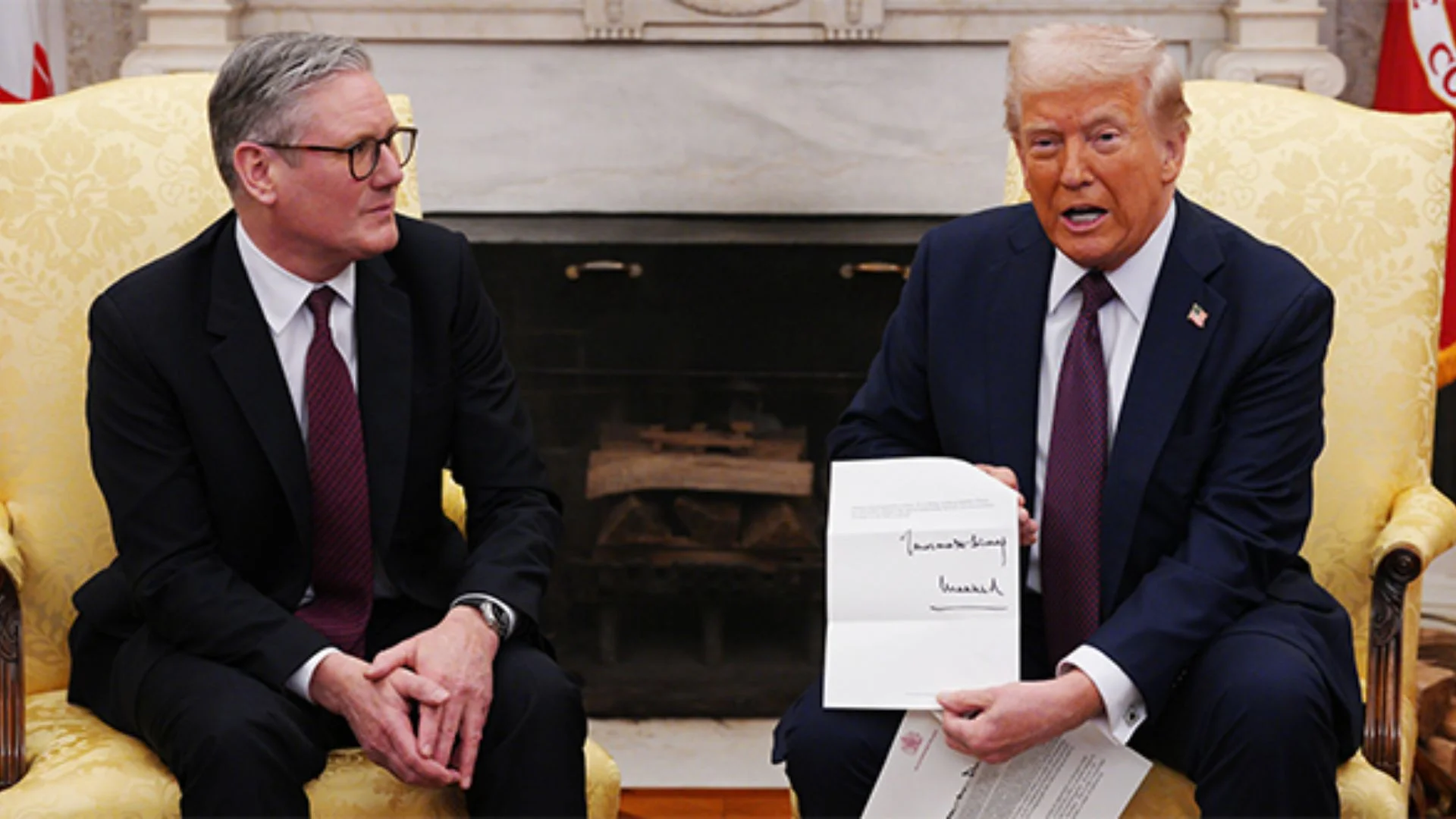The looming threat of foreign aid cuts to global health programs, particularly in the fight against HIV/AIDS, is a growing concern for both public health experts and humanitarian organizations. A new study published in The Lancet HIV has revealed alarming statistics that suggest nearly 3 million people could die by the end of this decade due to these reductions in foreign aid. The impact of these cuts, primarily from Western donor nations—specifically the United States, the United Kingdom, France, Germany, and the Netherlands—could lead to a significant increase in the number of HIV infections, exacerbating the already dire global health crisis, especially in sub-Saharan Africa.
In 2023, HIV/AIDS remains one of the deadliest pandemics in the world. While substantial progress has been made in terms of treatment and prevention, the global response to the epidemic still relies heavily on external financial support. The five largest donor nations—often referred to as the “G5″—account for 90% of all international funding for HIV programs. This funding helps provide critical resources for prevention campaigns, treatment regimens, education, and public health infrastructure in some of the most vulnerable regions of the world.
However, due to political shifts, changing priorities, and fiscal pressures in donor countries, there has been a worrying trend of cuts to foreign aid. These reductions are primarily focused on global health funding, including HIV/AIDS programs, which are seen as less politically urgent compared to other domestic concerns. Unfortunately, the consequences of this shift are far-reaching, particularly for low-income countries that depend on foreign aid to fund their national health programs.
The Impact of Foreign Aid Cuts on HIV/AIDS Prevention
According to the research published in The Lancet HIV, these cuts are projected to have catastrophic effects on global HIV/AIDS prevention efforts. The study estimates that, as a result of these funding reductions, more than 10 million additional people could contract HIV by the end of the decade. These new infections would occur primarily in sub-Saharan Africa, which remains the epicenter of the HIV/AIDS crisis.
In sub-Saharan Africa, the epidemic continues to disproportionately affect women, children, and marginalized groups. Young girls are particularly vulnerable, with cultural, economic, and social factors limiting their access to education, healthcare, and HIV prevention methods. Additionally, key populations such as men who have sex with men, sex workers, and people who inject drugs continue to face stigma, discrimination, and barriers to accessing treatment and prevention services.
Without the continued funding from Western governments, many of the prevention programs that have made a tangible difference in reducing new infections may be scaled back or discontinued entirely. These include initiatives that promote condom use, the distribution of pre-exposure prophylaxis (PrEP), and education campaigns aimed at reducing risky behaviors. Cutting these vital programs would reverse years of progress and exacerbate the spread of HIV in the most vulnerable communities.
The Growing Burden on Healthcare Systems
One of the most significant challenges in the fight against HIV/AIDS is the continued demand for antiretroviral therapy (ART), which is critical for people living with HIV. ART helps manage the virus, preventing it from progressing to AIDS, and allows individuals to live longer, healthier lives. However, ART requires substantial financial investment to ensure widespread availability, especially in low- and middle-income countries.
If foreign aid to HIV programs is cut, many countries may struggle to provide ART to those who need it. This would lead to an increase in HIV-related deaths and the resurgence of opportunistic infections that often accompany untreated HIV. Without adequate funding, healthcare systems in resource-poor countries will be unable to meet the needs of people living with HIV, further burdening already overstretched medical infrastructures.
Vulnerable Populations at Greatest Risk
The study highlights that marginalized and at-risk populations are the most likely to suffer from the cuts to foreign aid. People who inject drugs, men who have sex with men, sex workers, and children are already disproportionately affected by HIV, and they often face unique barriers to care, including social stigma, discrimination, and limited access to healthcare services.
For instance, people who inject drugs are at high risk of contracting HIV due to the sharing of needles and other drug paraphernalia. Harm reduction programs, such as needle exchange services and supervised injection sites, have been proven to reduce the spread of HIV in these populations. However, these programs are often among the first to be cut when donor governments reduce funding.
Similarly, men who have sex with men and sex workers are often excluded from mainstream health programs due to cultural and legal barriers. In many parts of the world, including sub-Saharan Africa, homosexuality is criminalized, and sex work is heavily stigmatized. This makes it difficult for these groups to access HIV prevention, treatment, and care services. Without continued support from international donors, these groups are at an even greater risk of being left behind in the global HIV response.
Long-Term Consequences for Global Health
The cuts to foreign aid and their impact on HIV/AIDS prevention are not only a tragedy for individuals living with the virus, but they also have significant implications for global health as a whole. The HIV epidemic is closely linked to other public health issues, including tuberculosis (TB), maternal and child health, and sexual and reproductive health. When HIV prevention and treatment programs are reduced or eliminated, it undermines efforts to address these interconnected health challenges.
Additionally, the economic impact of a resurgent HIV epidemic could be devastating for countries that are already struggling with poverty, unemployment, and inequality. People living with HIV are often unable to work due to illness, which further exacerbates economic hardship. The cost of treating HIV-related illnesses, including hospitalizations and medications, can be a major drain on already limited healthcare budgets.
The ripple effects of foreign aid cuts extend beyond the individuals who directly experience the health consequences. Global efforts to achieve the United Nations’ Sustainable Development Goals (SDGs), particularly those related to health and gender equality, will be put at risk. These cuts undermine the international community’s commitment to ensuring access to health services for all and achieving an HIV-free generation.
The Call for Action
The findings of the Lancet HIV study underscore the urgent need for continued financial commitment from Western governments to global HIV programs. Public health experts and advocacy organizations are calling for immediate action to reverse the trend of funding cuts and ensure that HIV/AIDS remains a priority on the international agenda.
It is essential that donor governments recognize the long-term consequences of reducing foreign aid for HIV programs and the devastating impact it will have on the most vulnerable populations. The international community must work together to find sustainable funding solutions that can address the HIV epidemic, support prevention programs, and ensure that people living with HIV have access to the treatment and care they need.
The potential loss of life due to cuts in foreign aid for HIV programs is a dire situation that demands urgent attention. Nearly 3 million lives could be lost by the end of the decade, and millions more could be infected with HIV if the international community fails to act. It is essential that Western governments continue to prioritize funding for global health programs, including HIV prevention and treatment, to ensure that progress made over the past few decades is not undone.
By maintaining strong financial support for HIV/AIDS initiatives, we can help ensure that the most vulnerable populations are protected and that the world remains on track to achieve the goal of ending the HIV epidemic once and for all. The fight against HIV/AIDS is far from over, and we must remain committed to securing a future where no one is left behind.

